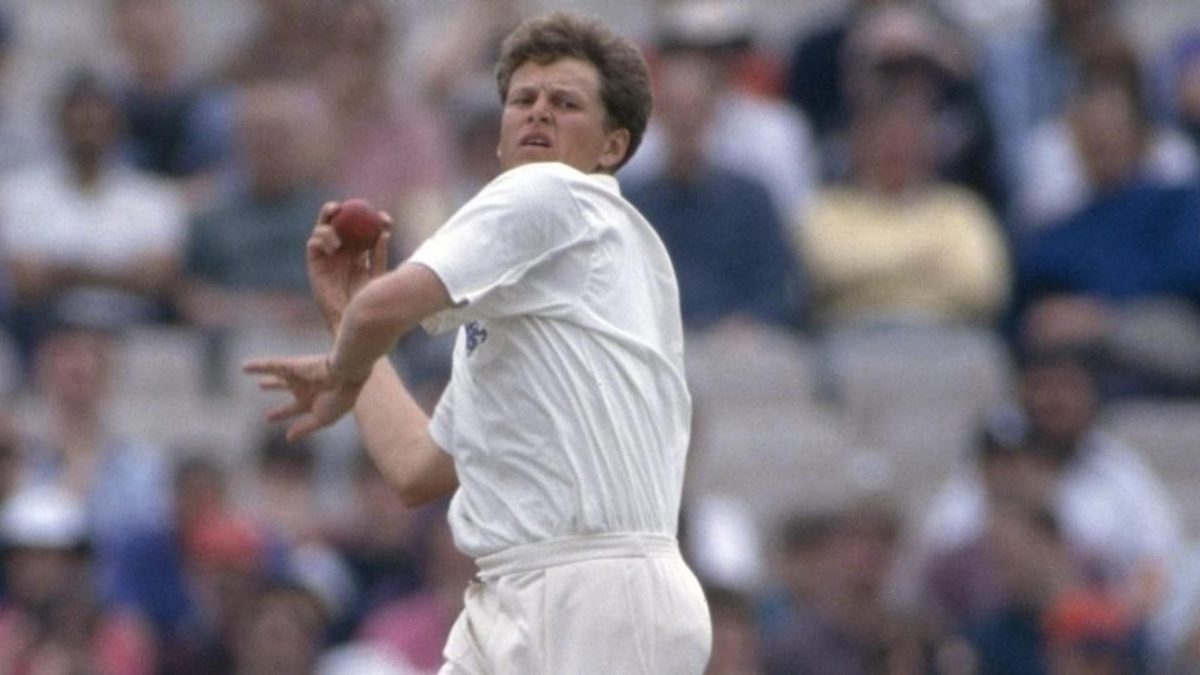
Peter Such, the former England off-spinner and national spin bowling coach tells us what it takes to cut it as a spin bowler in the modern game. First published in issue 34 of Wisden Cricket Monthly.
First published in issue 34 of Wisden Cricket Monthly
The Essentials
Everybody that bowls spin needs to have a passion for it. You have got to love it. Your passion for spin has to grow as you progress through your career. You’ll need a strong work ethic. As a spinner you have to be prepared to work hard at your art, and you have to be a ‘self-starter’, by which I mean that you don’t have to wait until your name is on a sheet to go practice, you can take a bag of balls and go and have a bowl.
The ‘Gift’
Generally speaking, the more you spin the ball, the more chance you’ll have at being successful. You’ve got to get a decent amount of revolutions on the ball because that is the ‘gift’, that’s what separates some spinners from the rest. If you aren’t the biggest spinner of a ball then you have to have the control and the subtle variations in order to be competitive. If you look at spin bowlers over the years, the most successful ones have been those that have spun it hard. I like to set spinners a challenge. I like to draw a line down the pitch and say, “Right, you’ve got to spin the ball from one side of the line to the other”. There’s a visual challenge there and if they are competitive then they will find a way.
The Mental Side
When it comes to the mental side of spin bowling, you’ve got to be pretty tough. You are going to face more adversity and more challenges than those with other skills in the game. When it comes to selection, you are going to be the first one to get bumped off the list. You are going to stand around for hours in the field before you get an opportunity. As a spin bowler you generally walk onto the stage when someone else has set the scene for you, rarely do you get the opportunity to shape it yourself. When conditions are favourable, everyone in the dressing room is looking at you to win the game, that’s great and it’s a privileged position to be in, but you have to be able to deal with the expectation. Spin bowling brings its own unique pressures.
Use The Body
The whole body has a role to play when it comes to spinning the ball. You’ve got to get to that strong spinning action and the full 180 degrees rotation towards the target. Imagine landing in the bowling crease and then, in your first follow-through stride, your opposite shoulder and right hip are facing the target. To get that full rotation you need a strong hip drive, the shoulders go up and over, adding their bit to it, the whole body is involved in the spinning action.
The Core Deliveries
Over Spin (Top Spin)
Ball is delivered straight to camera. Ball rotates forwards around the seam.
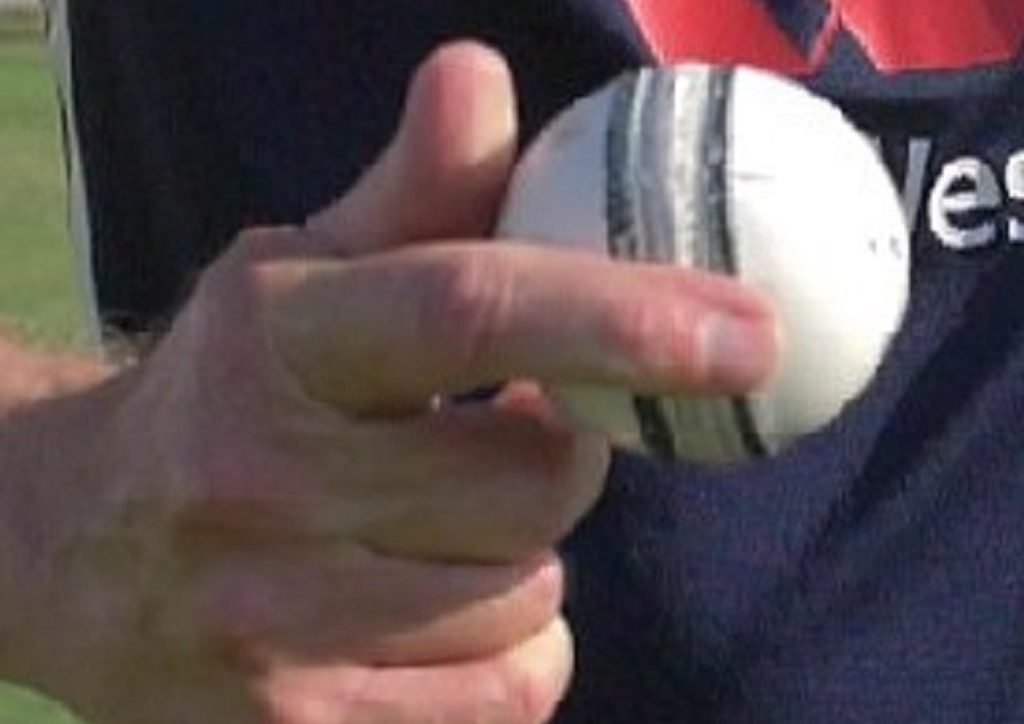 Note how the index finger has come over the top of the ball
Note how the index finger has come over the top of the ball
Back Spin
Ball is delivered straight to camera. Ball rotates backwards around the seam.
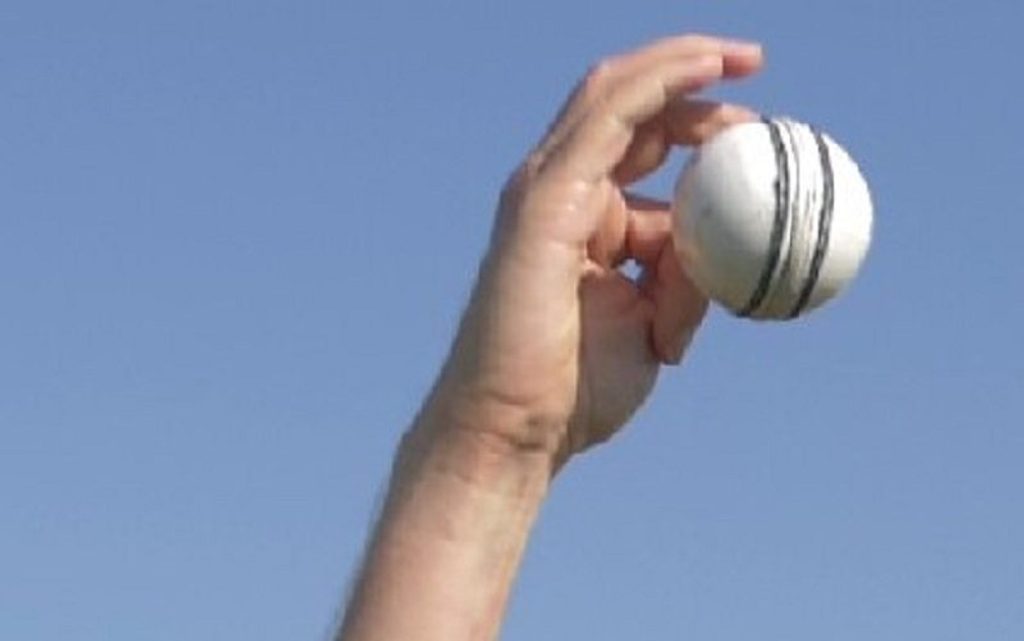 Note how the ball has come out from under the fingers
Note how the ball has come out from under the fingers
Side Spin (Barrel Spin)
Ball is delivered straight to camera. Ball rotates around the seam.
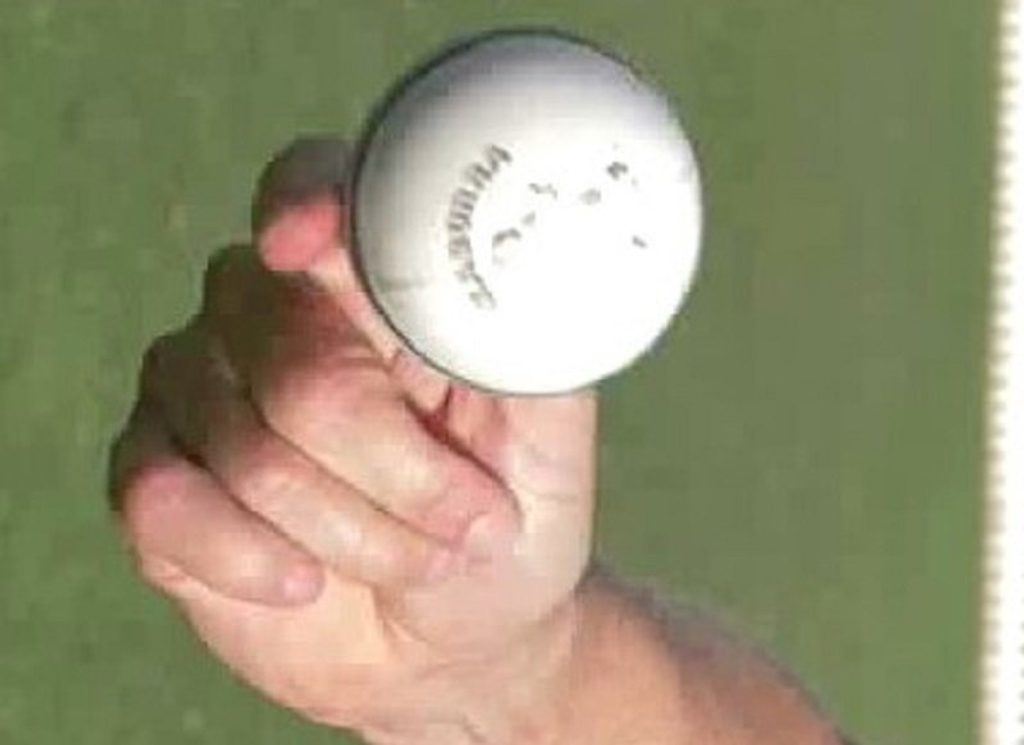 Note how the index finger has come down the side of the ball
Note how the index finger has come down the side of the ball
Lateral Spin (Undercut)
Ball is delivered straight to camera. Ball rotates around the seam.
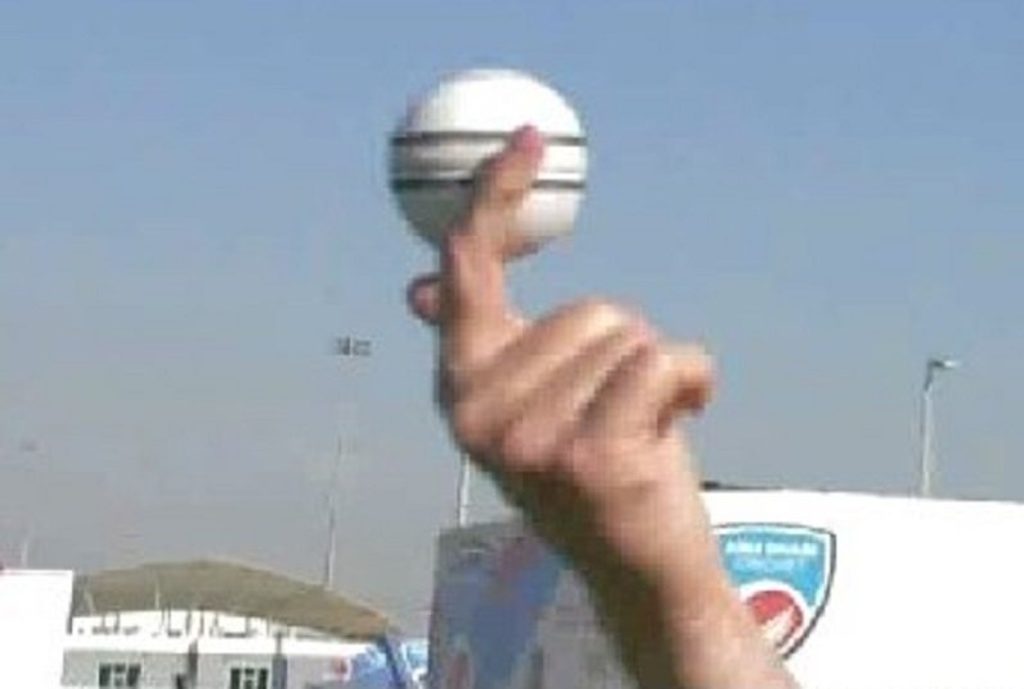 Note how the bowling hand has come underneath the ball
Note how the bowling hand has come underneath the ball
How does spin bowling fit into the culture of English cricket?
Spin bowling in English cricket is healthy up to a certain point, in junior cricket and club cricket, but the glass ceiling that it comes up against is the professional game. County cricket isn’t as friendly towards spin bowling as it could be. Spin has declined in our professional game, especially in the longer format, although in T20 and ODI cricket spin does have a more prominent role.
In terms of longer-format cricket, spin has suffered, it has been marginalised. The biggest area that influences spin bowlers is the pitch, the surfaces that they play on. Pitches have been distinctly unfriendly to spin for quite a number of years now. The consequences of that is a decline in the number of overs that spinners have bowled and their overall influence on the game.
Spin takes time to develop. If you are taking time to develop in the modern game then it puts you under certain pressures. To really develop you need to play, bowl and learn.








